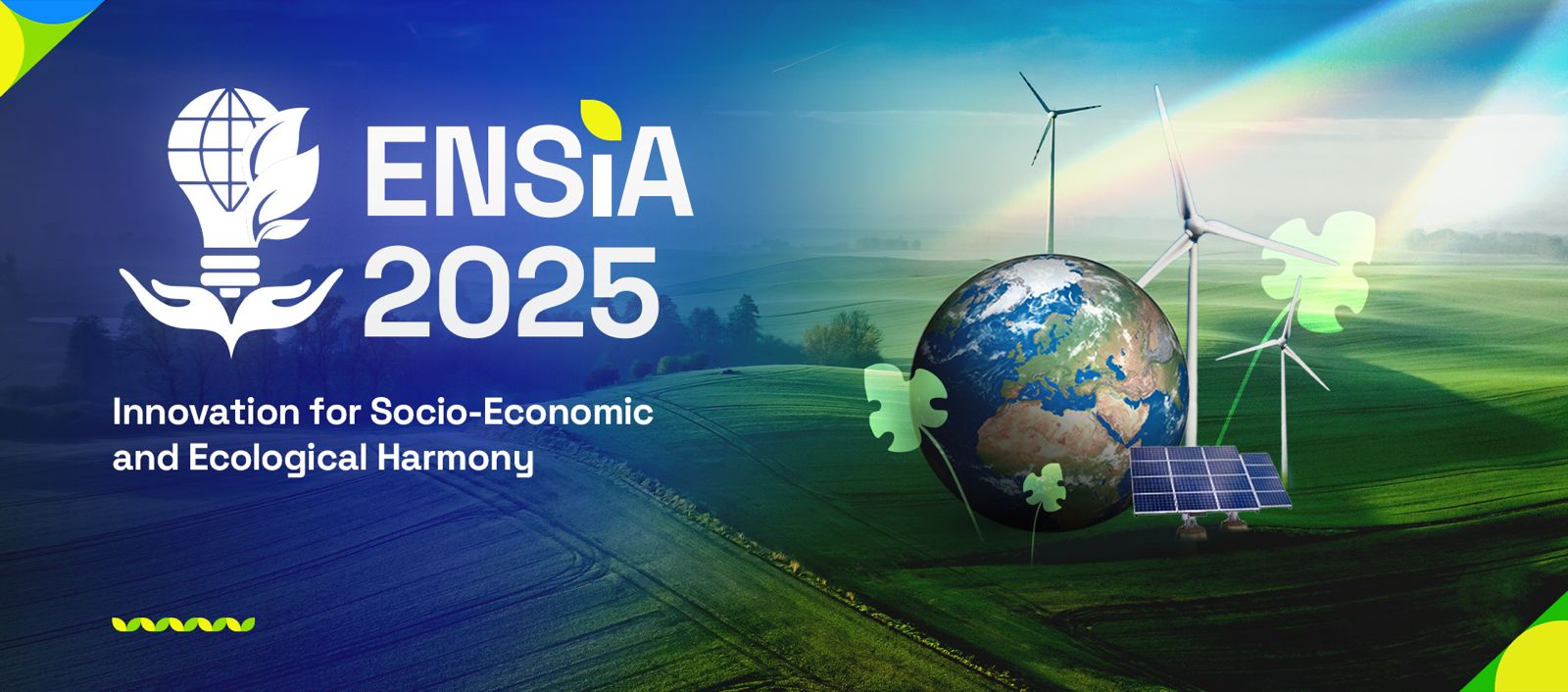Until now, it is possible that there are still many people who do not know the difference between AMDAL, UKL-UPL and SPPL documents. The three of them are related, because they are part of business licensing which is related to the environmental impacts that can result from this type of business.
Every type of business should pay attention to environmental and ecosystem elements, so the government regulates this in written regulations. If this is implemented well, the negative impact on the environment can be minimized.
Differences between AMDAL, UKL-UPL and SPPL documents
Explanation of AMDAL, UKL-UPL, and SPPL are actually stated in Government Regulation, more precisely Number 22 of 2021. From this regulation, you can also see the differences between these three things.
For more details, below is an explanation of the differences that you need to know, especially if you are a business actor.
1. Differences in Definitions
The first difference that you can pay attention to is in the definitions of these three documents, here is a more complete explanation:
-
AMDAL
AMDAL is an abbreviation for Environmental Impact Analysis, which means a series of studies related to the environmental impacts that can result from a business. In this case, the study also needs to pay attention to the various activity plans contained in the business.
This AMDAL document is an important prerequisite when someone intends to build a business, and is part of the Business Licensing.
-
UKL-UPL
Next, there is UKL-UPL or Environmental Management Efforts and Environmental Monitoring Efforts. This is a series of stages in managing and monitoring the environment, then expressed in a standard.
This standard is important, because it is a prerequisite for business licensing and various decision making.
-
SPPL
Third, there is SPPL which is an abbreviation for Statement of Capability for Environmental Management and Monitoring. For this third document, the contents are in the form of a statement of commitment to various responsibilities related to environmental management and monitoring.
The business needs to pay attention to the various activities within it, so that it can still manage the surrounding environment well.
2. Differences regarding Business Scale
The difference between these three documents can then be seen from the scale of the business. Not all types of businesses need to create these three types of documents.
The types of businesses that require AMDAL are large-scale businesses, or businesses located in protected forest areas.
For medium scale businesses that do not have a direct impact on the surrounding environment, what is needed is UKL-UPL.
Lastly, for small scale businesses and not included in the category that requires UKL-UPH, only SPPL is required.
3. Differences in terms of environmental impact
The next difference is in terms of its impact on the environment, here is a more complete explanation:
-
Significant Impact
Businesses with a large or important impact on the environment need to have an AMDAL.
Things that include important impacts in this case include, among others, if they have the potential to change the natural landscape and land form, exploit surrounding natural resources, affect conservation areas, cause pollution, and cause damage.
-
Has No Significant Impact
Furthermore, for business activities that do not have activities with a large or important impact and are included in the mandatory UKL-UPL criteria, these documents need to be processed.
-
UKL-UPL is not mandatory and does not have a significant impact on the environment
For businesses that do not have activities that have a significant impact on the environment and are not included in the mandatory UKL-UPL category, they only need to take care of the SPPL.
4. Differences in Document Format
Furthermore, there are differences in terms of format for creating documents. Because they have different legal bases, of course there are differences in writing formats
First, for AMDAL document, the format for making it has been explained in the Regulation of the Minister of the Environment, more precisely Number 16 of 2012. In this regulation, various things regarding guidelines for preparing documents related to the environment will be explained.
Furthermore, for the SPPL and UKL-UPL document format, the format can refer to PP Number 22 of 2021, more precisely in the third attachment. If you are going to prepare one or more of these documents, you should pay close attention to each format.
5. Differences in Preparation Mechanisms
If we talk about the preparation mechanism, the AMDAL document is considered more complex compared to the other two types of documents.
This is because the AMDAL needs to be prepared based on the various impact risks that the business could cause in the future, including the impact of the types of activities.
Businesses that require AMDAL are types of large businesses or business activities that have a significant impact on the surrounding environment. Various types of businesses can even change the environmental structure and ecosystem in a business area.
Therefore, in preparing it, a team of experts is needed who can provide assistance with various business plans. Apart from that, an AMDAL assessment team will also be involved who will test the feasibility of the business.
Furthermore, for UKL-UPL, the mechanism may be different and adapt to the regulations applicable in the area. Then, SPPL is even easier, because you only need to fill out a form which is then submitted to the environmental agency.
Similarities in AMDAL, UKL-UPL, and SPPL Documents
With the various explanations above, you may have a better idea of what differentiates these three important documents. Apart from having various differences, there are also similarities between the three, namely in terms of objectives and preparation time.
1. Purpose of Preparation
The first similarity is in the purpose of preparing these three documents. As explained from the start, all three are related to the feasibility of a business when viewed from its impact on the environment and surrounding ecosystem.
Whether AMDAL, UKL-UPL, or SPPL, all have the aim of being a mitigation effort. Various business plans that are designed need to pay attention to and minimize their negative impact on the environment.
These three documents can also be a reference for the government in deciding various matters. For example, when making policies regarding environmental, ecosystem or social issues around a business area.
2. Preparation Time
The second similarity is in terms of the time for preparing the document, because it is a mitigation effort, in accordance with the objectives above, this document needs to be prepared at the beginning, or before the business activity takes place.
Before having the right to start a business, the founder needs to have an environmental permit in accordance with applicable regulations.
Therefore, if you are a prospective business owner, this needs to be a concern. These three documents, in accordance with the provisions and scale of the business, need to be taken care of well before the plan to start the business. That way, all plans and timing can run smoothly.
Various mitigations need to be designed, according to the type of business and the risk of impact on the surrounding environment. All activities need to be carried out responsibly and not ignore environmental elements.
That is the difference between three types of documents related to environmental protection and management around business areas. These three things are very important for all business actors to know and pay attention to, because they are also regulated by written regulations.
If you are a business actor or prospective business actor and still feel confused about processing AMDAL, UKL-UPL and SPPL documents, AMDAL document services from Sucofindo could be the right solution. For more information, visit our contact page here!








